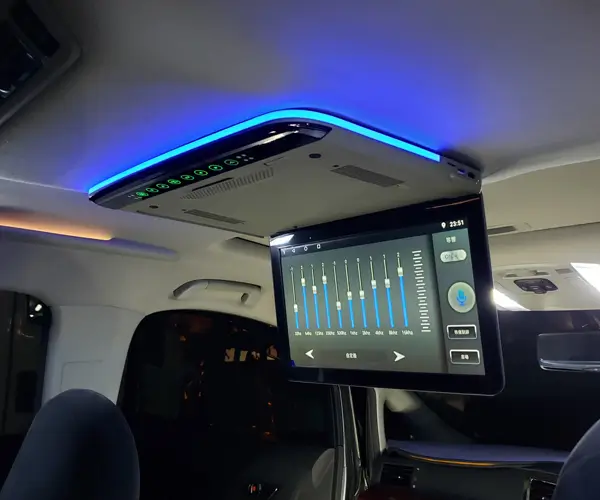Certainly! Here’s the first part of a captivating and detailed soft article centered around the theme "how to make a servo motor." I'll ensure it's engaging, approachable, and informative.

An Exciting Dive into the World of Servo Motors
Imagine a tiny device capable of precision—moving with exact control, holding positions steadily, and executing complex tasks like robotic arms or camera gimbals. That’s the magic of a servo motor. These miniature powerhouses are everywhere: from remote-controlled cars to sophisticated automation systems.
But how exactly does one go about making a servo motor? And is it something only professionals and engineers can do? The answer is a fascinating "no." With some basic knowledge of electricity, simple tools, and a curiosity to learn, you can craft your own functional servo motor—an impressive project that deepens your understanding of electromechanical systems.
What Is a Servo Motor?
Before we begin the construction process, let's clarify what exactly a servo motor is. Unlike regular motors that simply spin continuously when powered, a servo motor is a rotary actuator that allows for precise control of angular position, speed, and torque. It contains not just a motor but also a feedback system—typically an encoder—that communicates the current position back to the control system, enabling exact movements.
In essence, a servo motor is a closed-loop system that can be instructed to go to a specific position and hold it, making it indispensable in robotics, CNC machines, drones, and more.
Core Components of a Servo Motor
Constructing a servo motor requires understanding its essential parts:
Electric Motor: Usually a small DC motor that provides rotational force. Gearbox: Steps down the motor’s high-speed, low-torque output into low-speed, high-torque movement. Potentiometer or Encoder: Provides positional feedback, enabling the system to know where the arm or shaft is pointing. Control Circuit: Processes commands and feedback, adjusting motor output accordingly. Power Supply: Provides the necessary electrical energy.
Taking these components into account, the challenge becomes assembling a system where these parts work harmoniously—a task both rewarding and educational.
Getting Started: Materials and Tools
You don’t need an entire factory to start building your own servo. Here’s what you’ll need:
Small DC Motor: A miniature model, available at electronics stores or online. Gear Train: Can be made with plastic gears, or for simplicity, use pre-made gear modules. Potentiometer: To sense position, usually a 10kΩ potentiometer. Transistor or Motor Driver Module: To control motor power (e.g., L293D or L298N). Microcontroller: Arduino is a popular, beginner-friendly choice. Power Supply: Usually a 5V or 6V battery or regulated power source. Feedback Components: Wiring, resistors, diodes. Tools: Soldering iron, wire cutters, screwdriver, breadboard (for prototyping).
The goal here is building a simplified model that illustrates the core principles—control, feedback, and motion—without getting lost in overly complex engineering details.
Basic Conceptual Design Flow
Identify Your Components: You’ll need the motor, gears, feedback sensor, and control circuitry. Assemble the Gearbox: Attach the gears to reduce speed and increase torque; connect this to the motor shaft. Fix the Feedback Sensor: Attach the potentiometer to the gear shaft so it can measure rotational position directly. Wire the Circuit: Connect the motor to a driver module controlled by the microcontroller. Attach the potentiometer to an analog input pin. Programming: Write code that reads the potentiometer’s position, compares it with the desired position, and adjusts motor power accordingly using a control algorithm like PID (Proportional-Integral-Derivative). Testing: Power up your circuit, send commands, and observe the servo motor as it moves precisely to different angles and holds position.
Assembling this prototype may involve some trial and error, measuring, and fine-tuning—but that’s part of the learning adventure. Think of it as unlocking a small secret of the universe: how a tiny combination of electrical signals and mechanical parts can produce controlled, purposeful motion.
That’s the initial section, setting the stage with the conceptual foundation, necessary components, and a broad outline of the process. Ready for the second part, where I delve into step-by-step assembly, troubleshooting, optimization tips, and creative extensions?
Kpower has delivered professional drive system solutions to over 500 enterprise clients globally with products covering various fields such as Smart Home Systems, Automatic Electronics, Robotics, Precision Agriculture, Drones, and Industrial Automation.




































